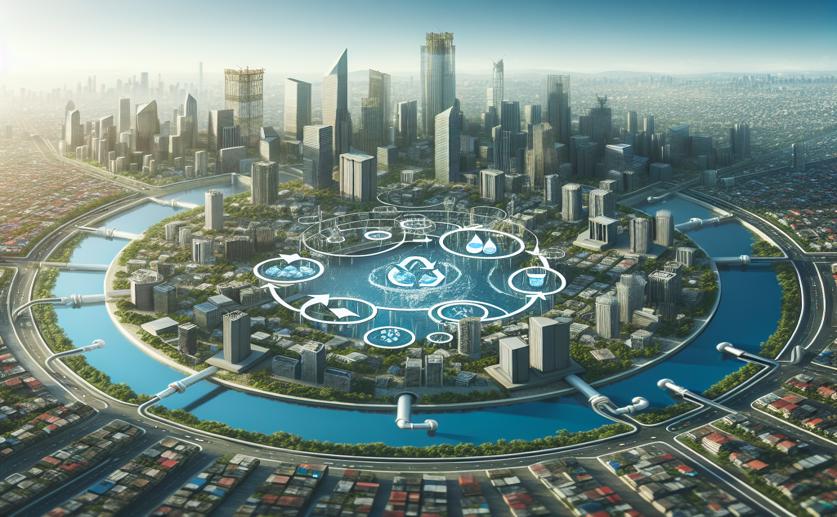
Creating Sustainable Water Recycling in Growing Cities
Jim Crocker
20th February, 2024

Image Source: Natural Science News, 2024
EnvironmentSustainabilityBiotech
References
Main Study
1) A multi-criteria decision framework for circular wastewater systems in emerging megacities of the Global South.
Published 20th February, 2024
https://doi.org/10.1016/j.scitotenv.2023.169085



 9th January, 2024 | David Palenski
9th January, 2024 | David Palenski